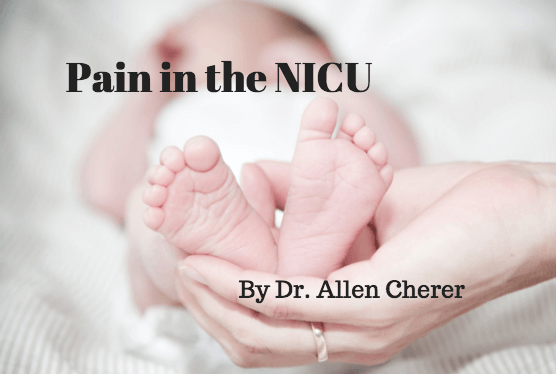When your child is placed in the Neonatal Intensive Care Unit (NICU), it’s an extremely stressful situation for everybody involved. For parents, the stress of having their newborn in ICU is unimaginable. But for the babies, maternal separation, noise, bright lights, procedures, and plenty of other operations make the experience overwhelming and extremely stressful in its own way, which can lead to various long-term consequences. I recently read a very interesting blog post discussing why, and more importantly how, to deal with pain and stress in the NICU.
It’s hard to imagine, but it was once believed that infants couldn’t feel pain. Of course, we know now that that is hardly the case. Although preterm infants have less localized and mature pain responses than their older counterparts, they still experience pain. They often experience exaggerated pain responses, allodynia (pain from things that aren’t normally painful), and a longer latency in their responses. The types of pain they experience include acute, postoperative, inflammatory, chronic, and visceral. Pain experienced in these first stages of an infant’s life has potentially disastrous long-term consequences. It may affect long-term memory, pain perception and responses, and possible alter social and cognitive development. This is why understanding and addressing pain and stress in the NICU is so important.
Stress and chronic pain is particularly difficult to assess, and is frequently superimposed by other types of pains. When addressing acute pain due to procedures, it’s important to look at the procedure itself to see if it’s necessary, and also if you have access to local anesthetics. Various sedatives, such as morphine, can be used for serious procedures, but each of these comes with its own set of long-term risks.
Because of the stress and pain that comes with procedures, there’s been a movement to try and limit the number of painful and stressful procedures. There’s also been an effort to involve parents more to make the NICU environment less stressful. This can involve swaddling, pacifiers, music, and family-centered care, all of which can reduce both stress and pain. Because of this, parental participation, when combined with other methods, may be one of the safest options for the infant.

